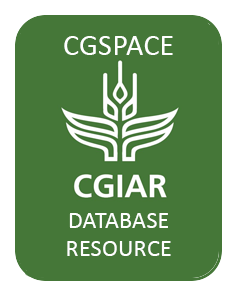Urban Planning, Institutional Pluralism, And Indigenous Belief Systems In Peri-Urban Ghana In The Era Of Land Commoditisation
Context and backgroundColonial legacy and the continuous implementation of neoliberal policies have led to the creation of institutional pluralism in the planning of customary land in peri-urban areas in Ghana. During land commoditisation, peri-urban customary land planning regularly involves physical planning authorities, traditional authorities, and private surveyors. The community members are rarely involved in the planning of their communities, and the planning often leads to the eviction of the community members from their ancestral land.




